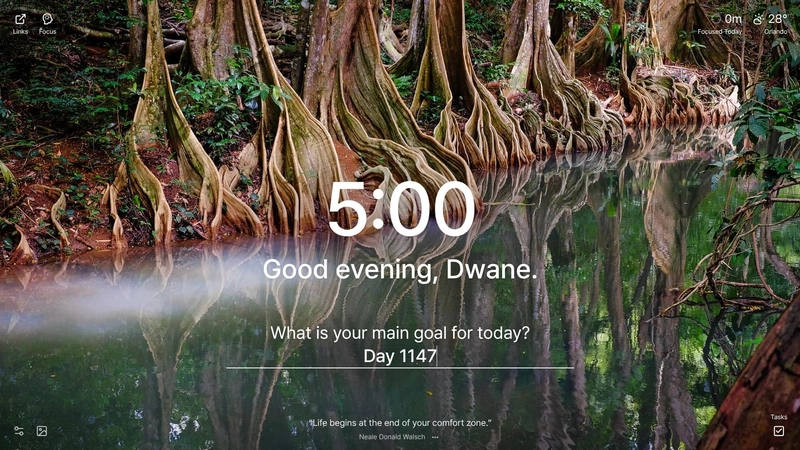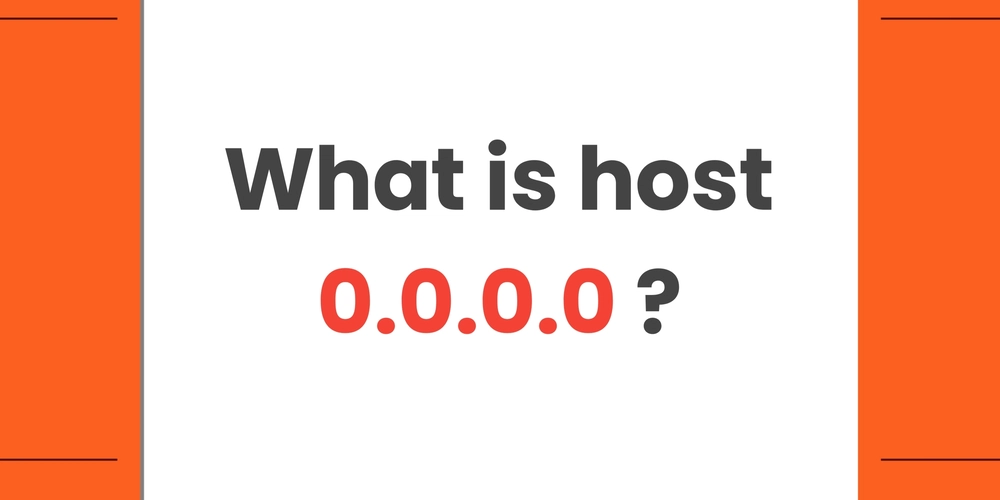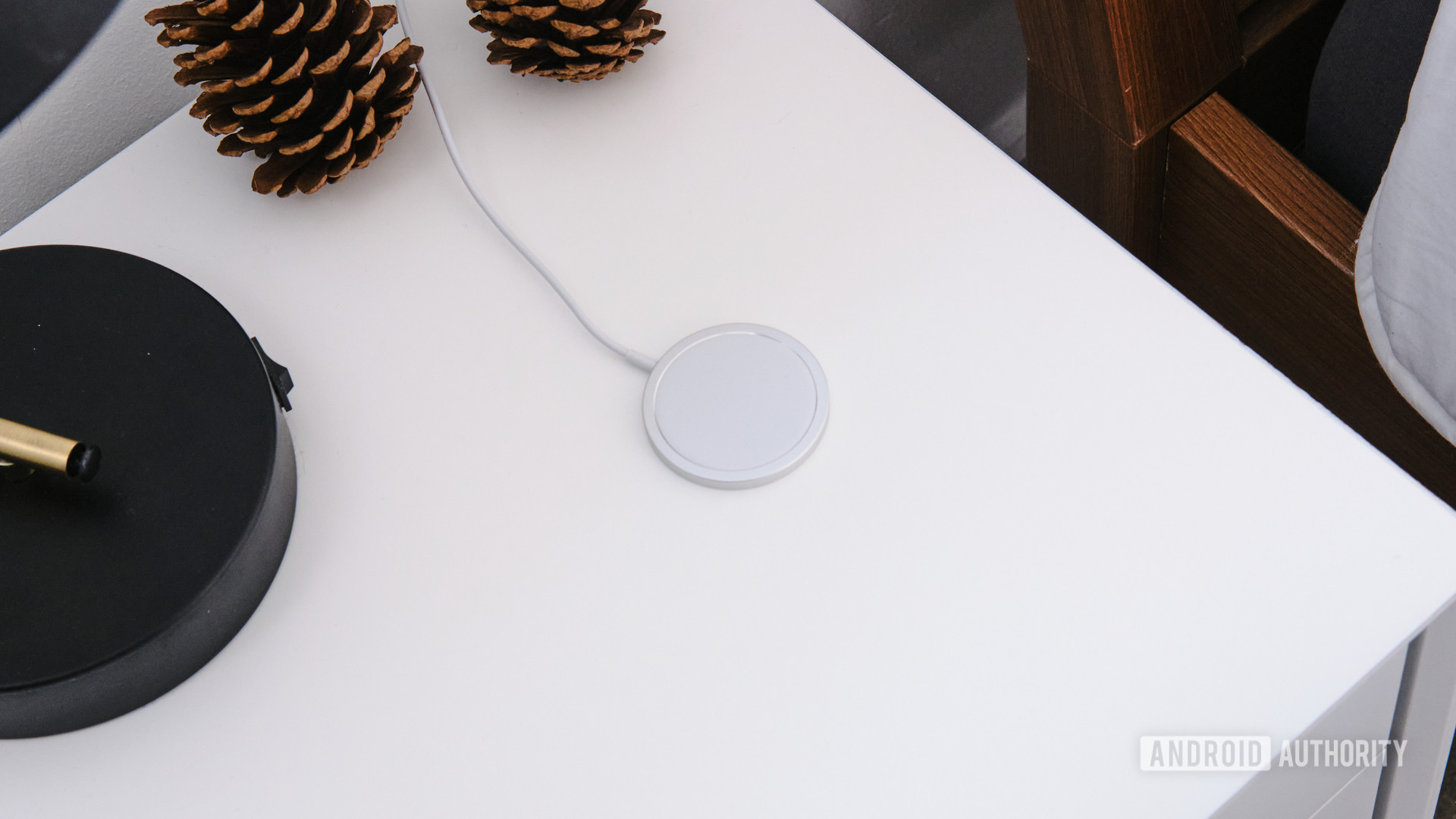Seamlessly Compare Maps on QGIS with the QMapCompare Plugin
Introduction When working with QGIS, you often switch between basemaps, but comparing small differences between maps can be challenging when only one map can be displayed at a time. Web tools like Japan's "Past/Present Map on the Web" and France Mapping Agency (IGN)'s "Remonter le temps" enable users to compare different styles of maps easily in various ways. However, QGIS has lacked a stable feature for map comparison until now! This post introduces QMapCompare, a new plugin that enables users to compare multiple maps directly within QGIS using various visualization methods. QMapCompare overview. Created by editing GSI Tiles Installation First, ensure you are using QGIS version 3.34 or later. Then, you can install plugin by searching QMapCompare on QGIS plugin manager. Usage Once plugin installed, a new icon will appear on the toolbar. Clicking the icon will toggle the QMapCompare panel on the left bottom of QGIS window. QMapCompare interface. ©︎OpenStreetMap contributors QMapCompare provides several ways to compare maps. Select layers you want to compare (1), and choose the following comparison method (2-5): 1. Select compare layers (multiple selections allowed) 2. Mirror: Displays two maps side by side 3. Vertical Split: Divides the map vertically 4. Horizontal Split: Divides the map horizontally 5. Lens: Check compare layers with a circle around the mouse cursor 6. Stop: Ends the comparison Comparison Methods Overview Mirror View The mirror mode places a duplicate of the map canvas on the right side of the map canvas. This is useful when comparing base maps with satellite imagery or other data. Mirror view. Created by editing GSI Tiles Split View The split mode divides the map into two sections, showing different layers side by side. You can choose either a vertical or horizontal split, depending on your needs. This is may be useful for comparing building accuracy in OpenStreetMap with government-provided data as example. Split view. Created by editing GSI Tiles and ©︎OpenStreetMap contributors Lens View Lens mode displays a circular preview of the comparison layers around the mouse cursor. As you move the cursor, the preview updates in real time. This is especially useful for detailed comparisons of specific locations. Lens view. Created by editing GSI Tiles Practical Use Cases QMapCompare is valuable for various use cases as below: Comparing historical aerial photographs Tokyo Aerial Photo Comparison between 2024(left) and 1987-1990(right).Created by editing GSI Tiles Analyzing pre- and post-disaster images Aerial Photo Comparison of Before 2021 Atami Landslip Disaster (left) and after(right).Created by editing GSI Tiles Conclusion QMapCompare is a powerful tool for comparing different maps and datasets within QGIS. With this plugin, you can easily: Analyze time-series data (e.g., pre- and post-disaster maps) Evaluate data accuracy (e.g., comparing OpenStreetMap with government maps) Support decision-making (e.g., verifying different analytical results and styles) As this is a newly released plugin, there may still be some bugs. If you encounter any issues, please report them on our GitHub Issues page. Your feedback will help improve the tool!

Introduction
When working with QGIS, you often switch between basemaps, but comparing small differences between maps can be challenging when only one map can be displayed at a time.
Web tools like Japan's "Past/Present Map on the Web" and France Mapping Agency (IGN)'s "Remonter le temps" enable users to compare different styles of maps easily in various ways.
However, QGIS has lacked a stable feature for map comparison until now! This post introduces QMapCompare, a new plugin that enables users to compare multiple maps directly within QGIS using various visualization methods.

QMapCompare overview. Created by editing GSI Tiles
Installation
First, ensure you are using QGIS version 3.34 or later.
Then, you can install plugin by searching QMapCompare on QGIS plugin manager.
Usage
Once plugin installed, a new icon will appear on the toolbar.
Clicking the icon will toggle the QMapCompare panel on the left bottom of QGIS window.

QMapCompare interface. ©︎OpenStreetMap contributors
QMapCompare provides several ways to compare maps.
Select layers you want to compare (1), and choose the following comparison method (2-5):
- 1. Select compare layers (multiple selections allowed)
- 2. Mirror: Displays two maps side by side
- 3. Vertical Split: Divides the map vertically
- 4. Horizontal Split: Divides the map horizontally
- 5. Lens: Check compare layers with a circle around the mouse cursor
- 6. Stop: Ends the comparison
Comparison Methods Overview
Mirror View
The mirror mode places a duplicate of the map canvas on the right side of the map canvas.
This is useful when comparing base maps with satellite imagery or other data.

Mirror view. Created by editing GSI Tiles
Split View
The split mode divides the map into two sections, showing different layers side by side.
You can choose either a vertical or horizontal split, depending on your needs.
This is may be useful for comparing building accuracy in OpenStreetMap with government-provided data as example.

Split view. Created by editing GSI Tiles and ©︎OpenStreetMap contributors
Lens View
Lens mode displays a circular preview of the comparison layers around the mouse cursor.
As you move the cursor, the preview updates in real time.
This is especially useful for detailed comparisons of specific locations.

Lens view. Created by editing GSI Tiles
Practical Use Cases
QMapCompare is valuable for various use cases as below:
- Comparing historical aerial photographs

Tokyo Aerial Photo Comparison between 2024(left) and 1987-1990(right).
Created by editing GSI Tiles
- Analyzing pre- and post-disaster images

Aerial Photo Comparison of Before 2021 Atami Landslip Disaster (left) and after(right).
Created by editing GSI Tiles
Conclusion
QMapCompare is a powerful tool for comparing different maps and datasets within QGIS. With this plugin, you can easily:
- Analyze time-series data (e.g., pre- and post-disaster maps)
- Evaluate data accuracy (e.g., comparing OpenStreetMap with government maps)
- Support decision-making (e.g., verifying different analytical results and styles)
As this is a newly released plugin, there may still be some bugs. If you encounter any issues, please report them on our GitHub Issues page.
Your feedback will help improve the tool!











































































































































































![[The AI Show Episode 144]: ChatGPT’s New Memory, Shopify CEO’s Leaked “AI First” Memo, Google Cloud Next Releases, o3 and o4-mini Coming Soon & Llama 4’s Rocky Launch](https://www.marketingaiinstitute.com/hubfs/ep%20144%20cover.png)

































































































































![[DEALS] Sterling Stock Picker: Lifetime Subscription (85% off) & Other Deals Up To 98% Off – Offers End Soon!](https://www.javacodegeeks.com/wp-content/uploads/2012/12/jcg-logo.jpg)











































































































.jpg?#)




































_NicoElNino_Alamy.png?width=1280&auto=webp&quality=80&disable=upscale#)















































































































![Apple to Shift Robotics Unit From AI Division to Hardware Engineering [Report]](https://www.iclarified.com/images/news/97128/97128/97128-640.jpg)

![Apple Shares New Ad for iPhone 16: 'Trust Issues' [Video]](https://www.iclarified.com/images/news/97125/97125/97125-640.jpg)



































































































































